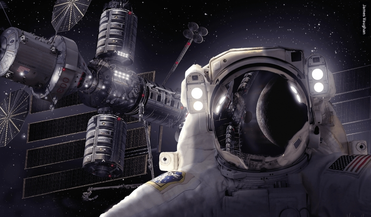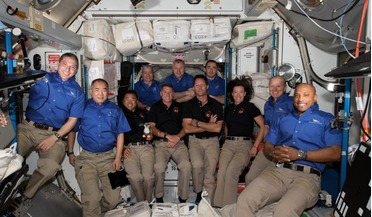 April 2020
Lunar artefact – a time capsule for the future
April 2020
Lunar artefact – a time capsule for the future
... MoonArk and how we have wrestled with finding an inclusive voice with cultural authenticity. While its intention is not... to contribute in this space. Managing and curating such an inclusive project is a first step, that remains largely incomplete. My...
 October 2020
Microgravity and its effects on the human brain
October 2020
Microgravity and its effects on the human brain
... vulnerabilities and potential risk factors of SANS and CNS changes can be better understood. To achieve this, the inclusion of large numbers of space crew is needed, for which a global approach is essential. The ultimate outcome is an optimisation...
 February 2021
Space archaeology - preserving our orbital heritage
February 2021
Space archaeology - preserving our orbital heritage
...archaeology, heritage and museology, specific criteria are used to vet the quality and suitability of an object for inclusion into a collection. Such criteria can range from uniqueness and representativeness (of a category of objects) to the size and...
 July 2021
A shared vision for space exploration
July 2021
A shared vision for space exploration
...considered a third option, one designed to ensure maximum inclusivity and the broadest possible buy-in from the entire ...speed and clarity. The goal was to make the Accords as inclusive as possible, even for countries (such as Australia) who were...
 May 2022
Multinational training for interplanetary spaceflight crews
May 2022
Multinational training for interplanetary spaceflight crews
... English in readiness for real foreign language communication at the earliest stages of their training, even before their inclusion into the ISS crew. It should be understood, however, that foreign language proficiency does not guarantee successful...
 January 2023
Evolving human space culture – reflections on humanity’s cultural potential in space
January 2023
Evolving human space culture – reflections on humanity’s cultural potential in space
... mission aspires to the enlightened humanistic ideals that promote truly evolved human cultural development, with its inclusivity, its stated humanitarian values, its promotion of space science, and its intentions of protecting and serving all...